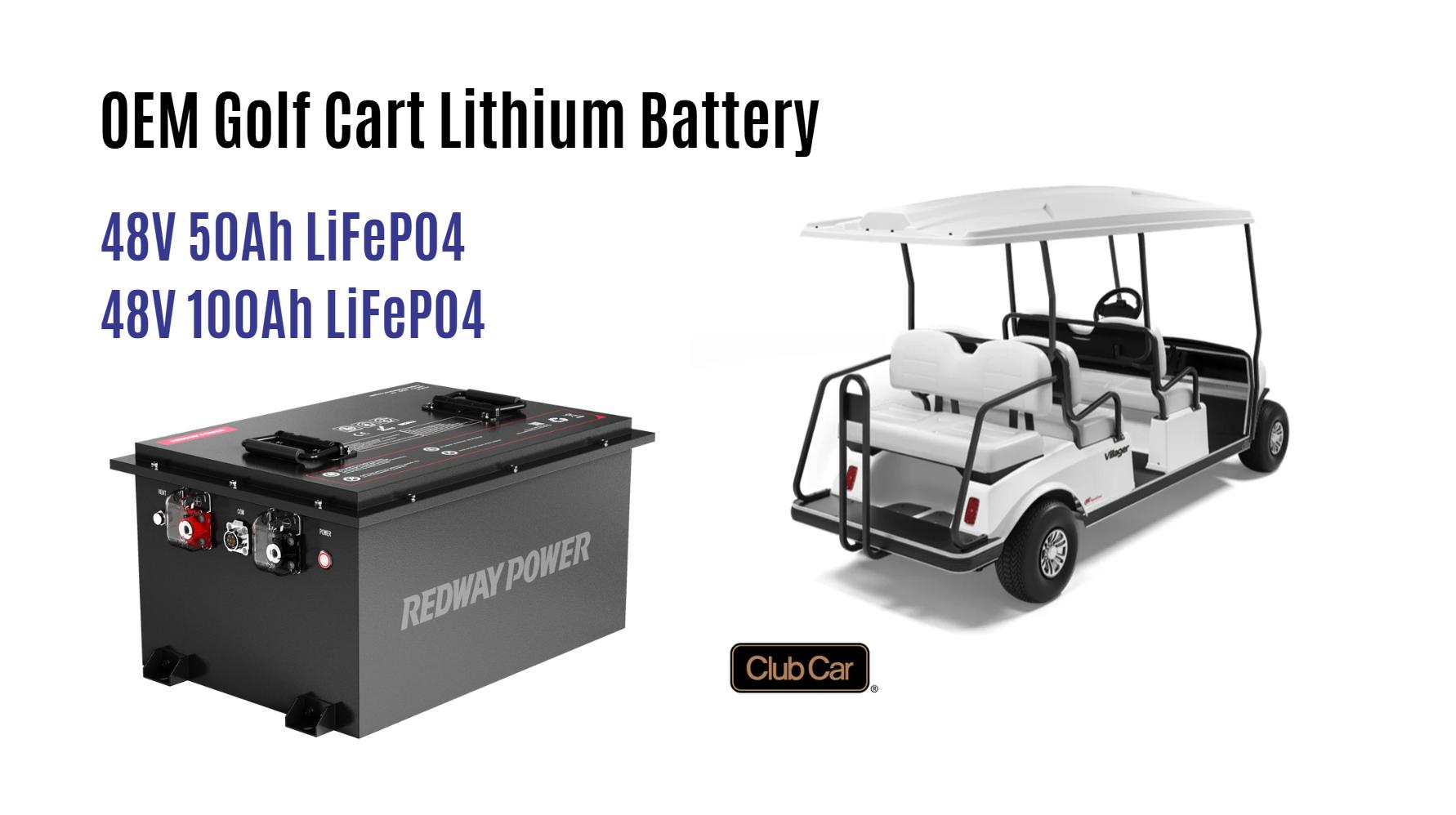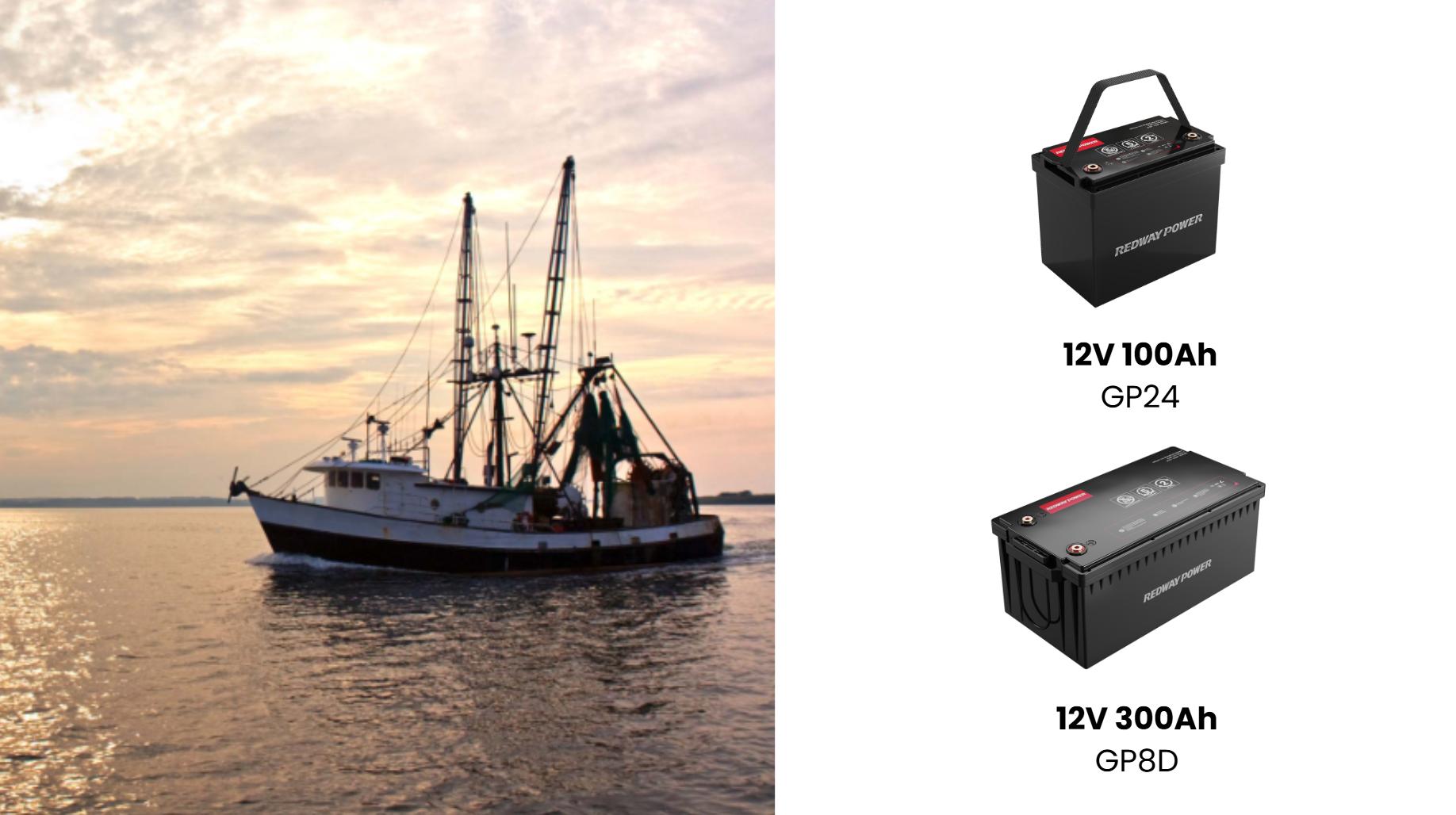What Are Golf Cart Lift Kits for Club Car Models?
Golf cart lift kits for Club Car models are aftermarket modifications that elevate the chassis to accommodate larger tires, improve ground clearance, and enhance off-road performance. These kits typically include spacers, brackets, and suspension adjustments. They are popular for customization, terrain adaptability, and aesthetic upgrades while ensuring safety and maintaining factory warranty compliance when installed correctly.
How Do Golf Cart Lift Kits Enhance Club Car Performance?
Lift kits improve Club Car performance by increasing ground clearance, allowing navigation over rough terrain. Larger tires enhance traction and stability, while adjusted suspension systems absorb shocks better. This setup is ideal for off-road use, hunting, or rugged courses. However, improper installation may strain batteries or motors, so professional alignment is recommended.
What Types of Lift Kits Are Available for Club Car Golf Carts?
Club Car lift kits include spindle lifts (3-6″ elevation via front axle modifications), drop axle kits (4-6″ lifts with reinforced steel), and long-travel suspension systems (6-12″ lifts for extreme off-roading). Electric and gas models require different kits due to weight distribution. Kits vary by compatibility with Precedent, Onward, or DS series models.
Which Tools Are Needed to Install a Club Car Lift Kit?
Basic tools include a floor jack, torque wrench, socket set, pry bar, and impact driver. Specialty tools like spring compressors or ball joint separators may be needed for advanced kits. Installation manuals specify torque settings for bolts (typically 30-50 ft-lbs). Anti-seize lubricant prevents corrosion on suspension components.
Why Does Tire Size Matter When Using a Lift Kit?
Larger tires (22″-25″) require lift kits to prevent fender rubbing. Oversized tires alter speedometer accuracy and reduce torque, straining motors. Calculate tire height-to-lift ratio (e.g., 4″ lift for 22″ tires). All-terrain tread patterns improve grip, while street tires maintain efficiency. Always check manufacturer guidelines for maximum compatible tire sizes.
How Does a Lift Kit Affect Club Car Battery Life?
Lift kits add weight and increase rolling resistance, potentially reducing battery range by 10-15%. Lithium-ion batteries handle load changes better than lead-acid. Regenerative braking systems mitigate energy loss. Regularly monitor voltage levels and avoid steep inclines if using stock batteries. Upgrading to high-capacity batteries is advised for lifted carts.
Are There Legal Restrictions on Lifted Golf Carts?
Laws vary by state: Most states limit golf cart height to 6″ without special permits. Street-legal carts require headlights, turn signals, and seat belts if lifted. Check local DOT regulations—some prohibit lifted carts on public roads. Off-road use on private property typically has no restrictions. Always obtain a VIN inspection post-modification.
Expert Views
“At Redway, we recommend 4″ lifts for most Club Car owners—they balance aesthetics and functionality without compromising structural integrity. Always pair lifts with HD rear springs and upgraded brakes. Recent advancements in aluminum-alloy kits reduce weight by 40%, preserving battery efficiency. Test suspension geometry post-installation to prevent premature wear on CV joints.”
Conclusion
Club Car lift kits transform golf carts into versatile off-road vehicles but require careful selection and installation. Prioritize compatibility, legal compliance, and performance needs. Pair kits with complementary upgrades like heavy-duty batteries or LED lighting for optimal results. Professional installation ensures warranty validity and long-term reliability.
FAQs
Can I install a lift kit myself?
Yes, with mechanical experience and proper tools. Follow manufacturer instructions meticulously. Suspension alignment should be done by professionals to avoid uneven tire wear.
Do lift kits void Club Car warranties?
Only if the kit causes damage to OEM components. Use dealer-certified kits to maintain warranty coverage on unaffected parts like motors and controllers.
How much does a lift kit cost?
Prices range from $200 for basic spacer kits to $1,500 for long-travel suspension systems. Installation labor adds $150-$500 depending on complexity.



